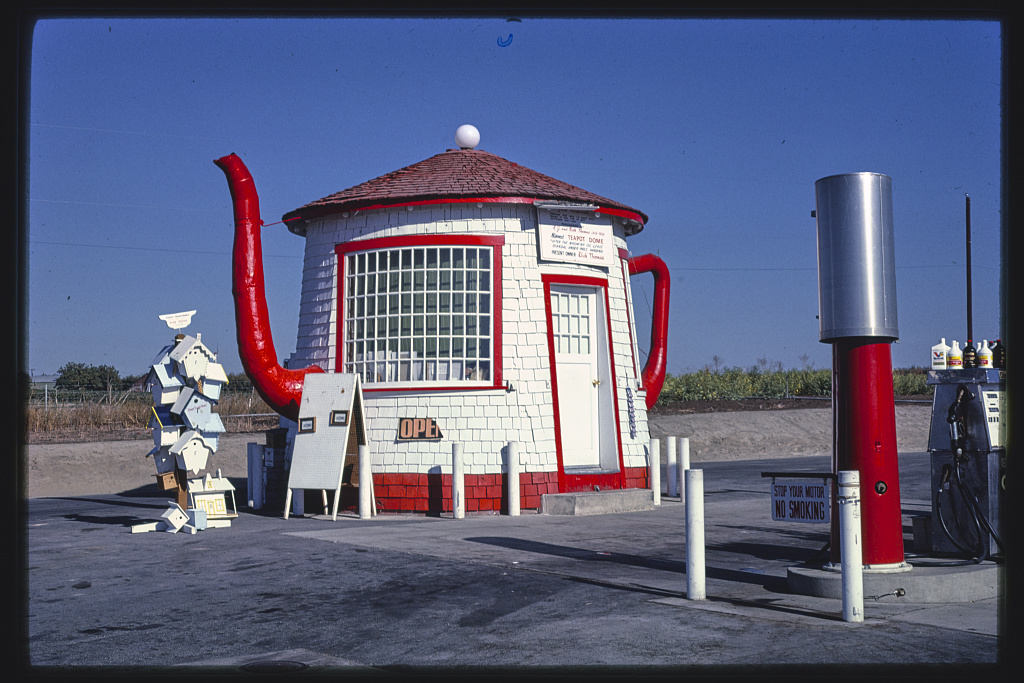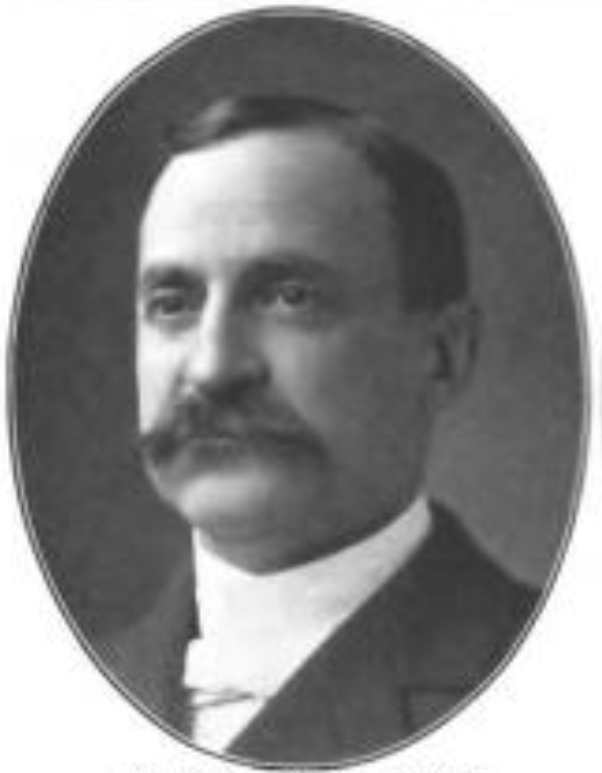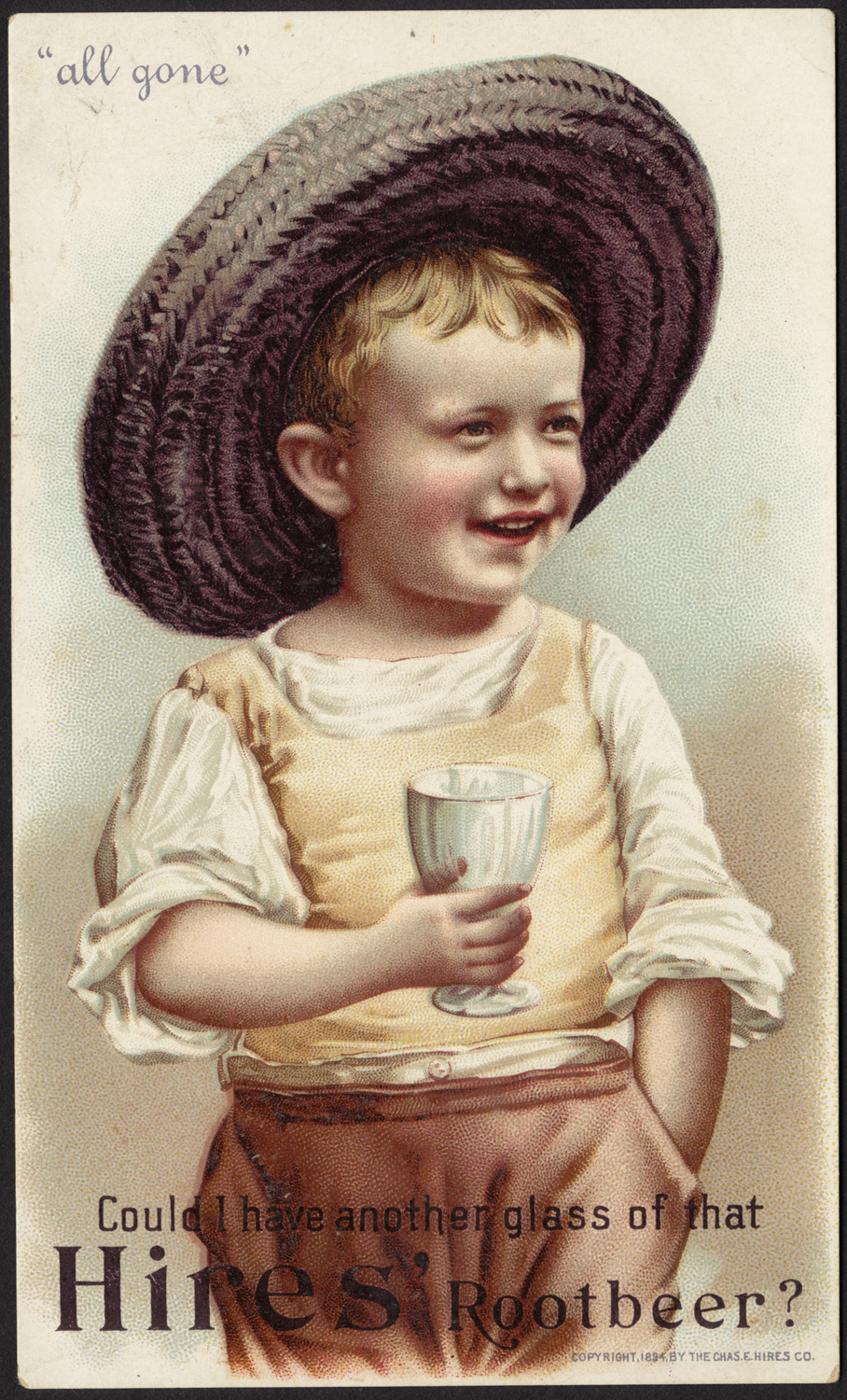|
Chester Teapot
The Chester teapot is billed as the "World's Largest Teapot", which measures in height by in diameter. Its current location is on the former site of a popular amusement park, Rock Springs Park (1897–1970), off an onramp along U.S. Highway 30 in the City of Chester in Hancock County, West Virginia. History It was originally brought to Chester in 1938 to represent the largest pottery industry in the world at that time. The teapot was originally a Hires Root Beer sign in the shape of a large barrel and was converted into a teapot upon its arrival in Chester. The teapot underwent restorations in 1990 and 2007 by the citizens of Chester. By coincidence Charles Elmer Hires' root beer may also have had its inspiration in a kind of herbal tea. Gallery File:Chester Teapot.JPG, The Chester Teapot at night (2013) See also *American tea culture American tea culture encompasses the methods of preparation and means of consumption of tea within the context of the culture of th ... [...More Info...] [...Related Items...] OR: [Wikipedia] [Google] [Baidu] |
Herbal Tea
Herbal teas, also known as herbal infusions and less commonly called tisanes (UK and US , US also ), are beverages made from the infusion or decoction of herbs, spices, or other plant material in hot water. Oftentimes herb tea, or the plain term ''tea'', is used as a reference to all sorts of herbal teas. Many herbs are used in herbal medicine. Some herbal blends contain actual tea (e.g., the Indian classic masala chai). The term "herbal" tea is often used in contrast to the so-called ''true'' teas (e.g., black, green, white, yellow, oolong), which are prepared from the cured leaves of the tea plant, '' Camellia sinensis''. Unlike true teas (which are also available decaffeinated), most tisanes do not naturally contain caffeine. There are a number of plants, however, that ''do'' contain caffeine or another stimulant, like theobromine, cocaine or ephedrine. Some have the opposite effect, acting as a sedative. Some common infusions have specific names such as , ''mate'' (ye ... [...More Info...] [...Related Items...] OR: [Wikipedia] [Google] [Baidu] |
Roadside Attractions In West Virginia
Roadside may refer to: *Road verge, a strip of greenery between a road and a sidewalk * Shoulder (road), an emergency stopping lane by the verge of a road * Roadside, Caithness, Scotland, a village * ''Roadside'' (film), a 2013 American horror film * ''Roadside'' (musical), a 2001 off-Broadway musical *''Roadside'', a 1930 play by Lynn Riggs Rollie Lynn Riggs (August 31, 1899 – June 30, 1954) was an American author, poet, playwright and screenwriter. His 1931 play ''Green Grow The Lilacs'' was adapted into the landmark 1943 musical ''Oklahoma!''. Early life Riggs was born on a ...; basis for the musical *"Roadside", a song by The Game from '' Born 2 Rap'' *"Roadside", a song by Rise Against from '' The Sufferer & the Witness'' *'' The Roadside'', an EP by Billy Idol See also * Minffordd (Welsh for "roadside"), a Welsh village * Roadside attraction {{Disambiguation ... [...More Info...] [...Related Items...] OR: [Wikipedia] [Google] [Baidu] |
Tourist Attractions In Hancock County, West Virginia
Tourism is travel for pleasure or business; also the theory and practice of touring, the business of attracting, accommodating, and entertaining tourists, and the business of operating tours. The World Tourism Organization defines tourism more generally, in terms which go "beyond the common perception of tourism as being limited to holiday activity only", as people "travelling to and staying in places outside their usual environment for not more than one consecutive year for leisure and not less than 24 hours, business and other purposes". Tourism can be domestic (within the traveller's own country) or international, and international tourism has both incoming and outgoing implications on a country's balance of payments. Tourism numbers declined as a result of a strong economic slowdown (the late-2000s recession) between the second half of 2008 and the end of 2009, and in consequence of the outbreak of the 2009 H1N1 influenza virus, but slowly recovered until the COVID-19 ... [...More Info...] [...Related Items...] OR: [Wikipedia] [Google] [Baidu] |
Landmarks In West Virginia
A landmark is a recognizable natural or artificial feature used for navigation, a feature that stands out from its near environment and is often visible from long distances. In modern use, the term can also be applied to smaller structures or features, that have become local or national symbols. Etymology In old English the word ''landmearc'' (from ''land'' + ''mearc'' (mark)) was used to describe a boundary marker, an "object set up to mark the boundaries of a kingdom, estate, etc.". Starting from approx. 1560, this understanding of landmark was replaced by a more general one. A landmark became a "conspicuous object in a landscape". A ''landmark'' literally meant a geographic feature used by exploration, explorers and others to find their way back or through an area. For example, the Table Mountain near Cape Town, South Africa is used as the landmark to help sailors to navigate around southern tip of Africa during the Age of Exploration. Artificial structures are also sometim ... [...More Info...] [...Related Items...] OR: [Wikipedia] [Google] [Baidu] |
Buildings And Structures In Hancock County, West Virginia
A building, or edifice, is an enclosed structure with a roof and walls standing more or less permanently in one place, such as a house or factory (although there's also portable buildings). Buildings come in a variety of sizes, shapes, and functions, and have been adapted throughout history for a wide number of factors, from building materials available, to weather conditions, land prices, ground conditions, specific uses, prestige, and aesthetic reasons. To better understand the term ''building'' compare the list of nonbuilding structures. Buildings serve several societal needs – primarily as shelter from weather, security, living space, privacy, to store belongings, and to comfortably live and work. A building as a shelter represents a physical division of the human habitat (a place of comfort and safety) and the ''outside'' (a place that at times may be harsh and harmful). Ever since the first cave paintings, buildings have also become objects or canvasses of much artistic ... [...More Info...] [...Related Items...] OR: [Wikipedia] [Google] [Baidu] |
Teapot Dome Service Station
The Teapot Dome Service Station is a former Filling station, gas station built in the shape of a teapot located in Zillah, Washington, Zillah, Washington (state), Washington, United States, that is listed on the National Register of Historic Places. Description Located at 117 First Avenue, the station is an example of novelty architecture. It was intended as a reminder of the Teapot Dome Scandal that rocked the presidency of Warren G. Harding and sent Interior Secretary Albert Fall to prison for his role in leasing government oil reserves in, among other places, Teapot Rock, Teapot Dome, Wyoming. History The station was built in 1922 on what later became U.S. Route 12 in Washington, U.S. Route 12. The building has a circular frame with a conical roof, sheet metal "handle", and a concrete "spout". Many such novelties were constructed as roadside attractions as the United States Numbered Highways, national highway system in the United States expanded during the 1920s and 1930s. Th ... [...More Info...] [...Related Items...] OR: [Wikipedia] [Google] [Baidu] |
American Tea Culture
American tea culture encompasses the methods of preparation and means of consumption of tea within the context of the culture of the United States. American restaurants and workplaces typically offer machine-made drip brew coffee by default, while hot tea brewed by the cup with tea bags is available by request. Tea parties can be celebrated for many occasions, from the very small and intimate to the large family gatherings and celebrations. In the U.S. south a regional favorite called sweet tea – which is brewed, sweetened, and chilled in advance of consumption – may be served at all meals and throughout the day as an alternate to other beverages. In the United States, about 85% of the tea consumed is served cold, or ''iced''. Iced tea is more frequently consumed during periods of hot weather or in lower latitudes, and hot tea is likewise more common in colder weather. Any confusion when one is visiting different parts of the country can easily be solved by explicitl ... [...More Info...] [...Related Items...] OR: [Wikipedia] [Google] [Baidu] |
Charles Elmer Hires
Charles Elmer Hires (August 19, 1851 – July 31, 1937) was an American pharmacist and an early promoter of commercially prepared root beer. He founded the Charles E. Hires Co., which manufactured and distributed Hires Root Beer. Biography Early life Hires was born on August 19, 1851, to John and Mary Hires in Salem County, New Jersey. At age 12, his parents sent him to work as an apprentice at a drugstore owned by his brothers-in-law. When he was 16 he moved to Philadelphia and worked in a pharmacy. He saved until he had nearly $400, when he started his own drugstore. Career Hires reportedly learned about root beer on his honeymoon in New Jersey, where the woman who ran the hotel served an herbal tea made from roots known as "root tea". His friend Russell Conwell, who went on to found Temple University, suggested that "root beer" would be more appealing to the working class. Originally, Hires packaged a dry mixture in boxes and sold it to housewives and proprietors of soda fountai ... [...More Info...] [...Related Items...] OR: [Wikipedia] [Google] [Baidu] |
Teapot
A teapot is a vessel used for steeping tea leaves or a herbal mix in boiling or near-boiling water, and for serving the resulting infusion which is called tea. It is one of the core components of teaware. Dry tea is available either in tea bags or as loose tea, in which case a tea infuser or tea strainer may be of some assistance, either to hold the leaves as they steep or to catch the leaves inside the teapot when the tea is poured. Teapots usually have an opening with a lid at their top, where the dry tea and hot water are added, a handle for holding by hand and a spout through which the tea is served. Some teapots have a strainer built-in on the inner edge of the spout. A small air hole in the lid is often created to stop the spout from dripping and splashing when tea is poured. In modern times, a thermally insulating cover called a tea cosy may be used to enhance the steeping process or to prevent the contents of the teapot from cooling too rapidly. History China ... [...More Info...] [...Related Items...] OR: [Wikipedia] [Google] [Baidu] |
Barrel
A barrel or cask is a hollow cylindrical container with a bulging center, longer than it is wide. They are traditionally made of wooden staves and bound by wooden or metal hoops. The word vat is often used for large containers for liquids, usually alcoholic beverages; a small barrel or cask is known as a keg. Modern wooden barrels for wine-making are made of French common oak (''Quercus robur''), white oak (''Quercus petraea''), American white oak (''Quercus alba''), more exotic is Mizunara Oak all typically have standard sizes: Recently Oregon Oak (Quercus Garryana) has been used. *"Bordeaux type" , *" Burgundy type" and *"Cognac type" . Modern barrels and casks can also be made of aluminum, stainless steel, and different types of plastic, such as HDPE. Someone who makes barrels is called a "barrel maker" or cooper (coopers also make buckets, vats, tubs, butter churns, hogsheads, firkins, kegs, kilderkins, tierces, rundlets, puncheons, pipes, tuns, butts, pins, ... [...More Info...] [...Related Items...] OR: [Wikipedia] [Google] [Baidu] |
Hires Root Beer
Hires Root Beer is a root beer marketed by Keurig Dr Pepper. Introduced in 1876, it is one of the longest continuously made soft drinks in the United States. History Hires Root Beer was created by Philadelphia, Pennsylvania pharmacist Charles Elmer Hires. The official story is that Hires first tasted root beer, a traditional American beverage dating back to the colonial era, while on his honeymoon in 1875. However, historical accounts vary and the actual time and place of the discovery may never be known. By 1876, Hires had developed his own recipe and was marketing 25-cent packets of powder which each yielded of root beer. At Philadelphia's Centennial Exposition in 1876, he cultivated new customers by giving away free glasses of it. Hires marketed it as a solid concentrate of 16 wild roots and berries. It claimed to purify the blood and make rosy cheeks. In 1884, he began producing a liquid extract and a syrup for use in soda fountains, and was soon shipping root beer in ke ... [...More Info...] [...Related Items...] OR: [Wikipedia] [Google] [Baidu] |










